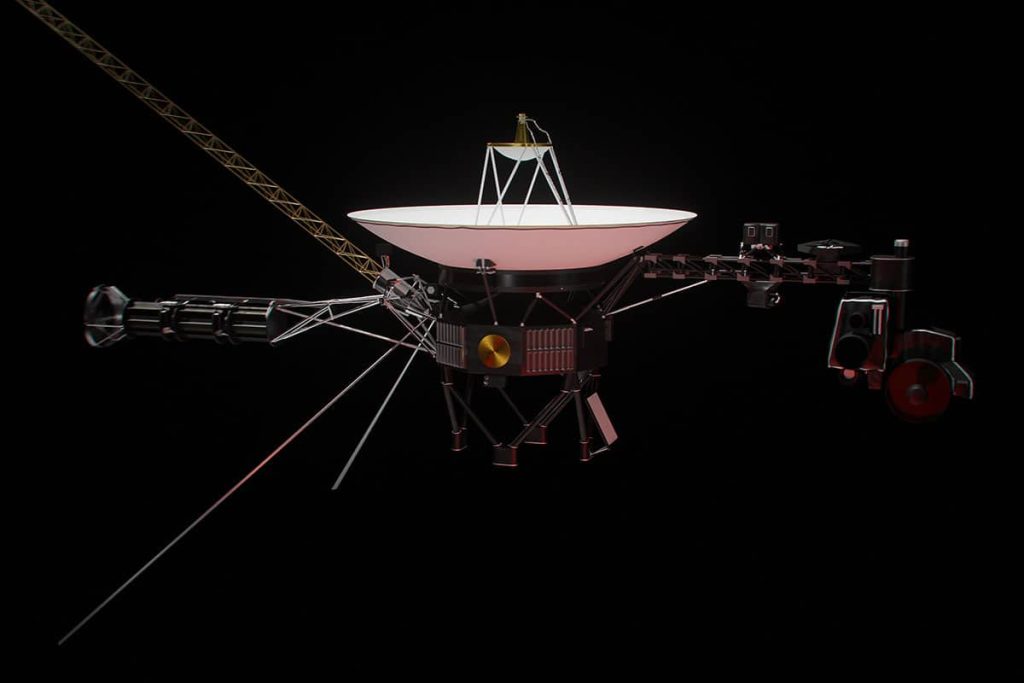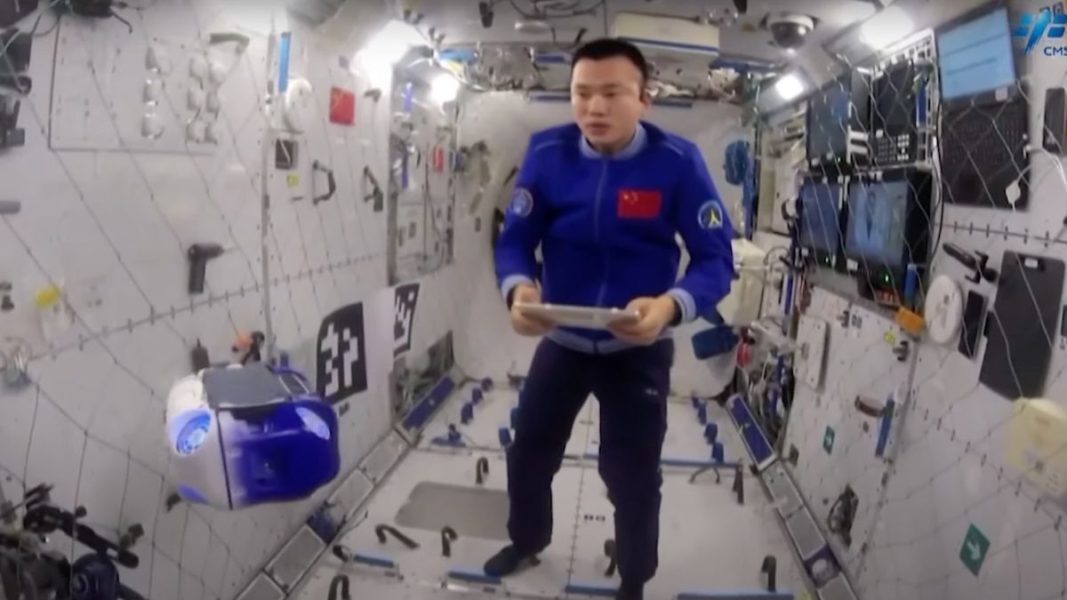15 Billion Kilometers from Earth: The Radio Transmitter of a 50-Year-Old Space Probe Starts Working Again – Indian Defence Review

Voyager 1 is on a breathtaking journey, but recent communication issues have sparked concern. With only a few instruments still operational, the stakes are high. What groundbreaking discoveries might we miss if the connection falters?Launched way back on September 5, 1977, NASA’s Voyager 1 is a shining example of what humans can achieve in space exploration. Originally set out to explore the far-off worlds of Jupiter, Saturn, Uranus, and Neptune, this spacecraft has gone above and beyond by becoming the farthest human-made object from Earth. It’s currently cruising about 9.3 billion miles away and made history in 2012 when it entered interstellar space as the first human-made object to do so. Voyager 1 keeps scientists and space fans hooked as it ventures into unknown parts beyond our solar system.During its nearly fifty-year trek, Voyager 1 has hit several bumps in the road when trying to keep in touch with NASA folks back home. Just recently, one of its two radio transmitters was switched off, sparking fears of a long-lasting communication breakdown. The spacecraft’s age is definitely a factor here. With only four scientific instruments still able to beam useful data back to us, keeping those lines open is more important than ever for ongoing research.The transmitter that went offline is called the X-band transmitter. This happened because of Voyager 1’s fault protection system—a setup meant to save power by turning off non-essential systems if there’s a risk of power overload. Bruce Waggoner, who’s the mission assurance manager for Voyager, explained it like this: “If the spacecraft overloads its power supply, the fault protection system will conserve energy by shutting down systems that aren’t essential for keeping it flying.”Things got trickier after an October 16 command led to the X-band transmitter shutting down. Engineers often send commands to turn on heaters aboard Voyager 1 (to warm up parts damaged by radiation over time). Waggoner added: “Occasionally, engineers send commands to Voyager 1 to turn on some of its heaters and warm components that have been damaged by radiation over the decades.” This heating process helps fix radiation damage that could mess with component performance.After this recent glitch, Voyager 1 switched from using the X-band transmitter over to its S-band counterpart. The S-band hasn’t been used since 1981 because it’s not as strong but takes up less energy—a big deal given how limited resources are on board now. Even though it’s weaker, NASA’s Deep Space Network managed to track it down and get communication going again.The S-band signal lets engineers send commands and keep Voyager 1 pointed towards Earth. However, it’s not suitable for telemetry or sending scientific data back home. Right now, their main focus is getting communication restored with the X-band transmitter without causing any more problems.NASA’s playing it safe before firing up the X-band again—they want to make sure they fully understand what caused this latest hiccup with Voyager’s systems first. On October 22, they sent a command confirming that S-band operations were working while gathering info needed for fixing these issues—aiming to get everything running smoothly again so exploration can continue full steam ahead.Voyager 1’s adventure into interstellar space marks an incredible milestone in human history—a nod both technologically advanced engineering skills achieved decades ago—and humanity’s endless curiosity about our universe’s mysteries far beyond Earth! As scientists work hard at overcoming current challenges faced by this iconic spacecraft—it stands as a reminder of just how much there still is left waiting out there among stars calling future generations deeper into cosmos!Got a reaction? Share your thoughts in the commentsEnjoyed this article? Subscribe to our free Newsletter for engaging stories, exclusive content, and the latest newsComment Save my name, email, and website in this browser for the next time I comment.
© 2024 | Indian Defence Review | All rights reserved






